Proactive Customer Service Examples by Sobot
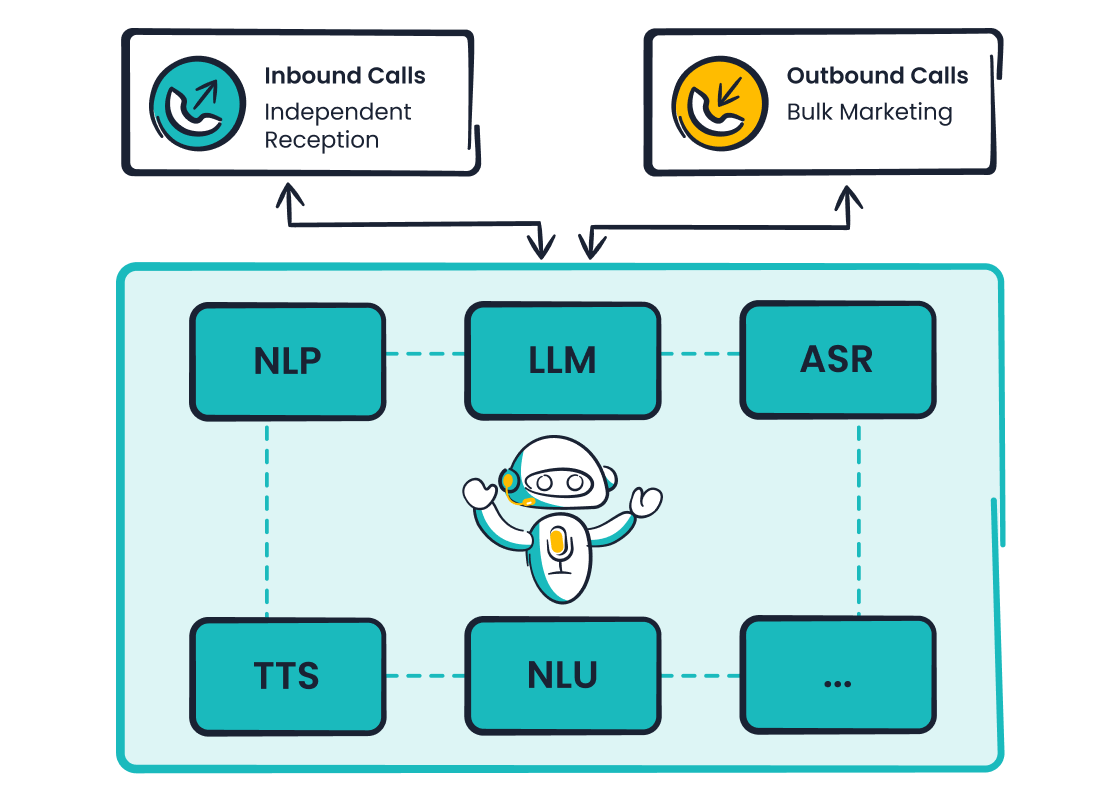
You have likely felt the frustration of a delayed package with no updates. Now, imagine receiving a notification about the delay before you even think to ask. That is proactive customer service. This approach anticipates and solves your problems before they happen. This post gives you clear examples of proactive customer service. You will see how tools like the Sobot call center and Sobot AI can transform your customer experience. Using Sobot for proactive customer service builds strong customer loyalty.
What is Proactive Customer Service?
Proactive customer service is a forward-thinking strategy. It means you identify and solve customer issues before your customers even notice them. This proactive approach shifts your support from a reactive "fire-fighting" model to a preventative one, creating a smoother customer experience.
Proactive vs. Reactive Support
Understanding the difference between proactive and reactive support is key. Reactive support waits for the customer to report a problem. Proactive support anticipates the problem and acts first.
Here is a simple breakdown:
| Feature | Reactive Support | Proactive Support |
|---|---|---|
| Timing | After a problem occurs | Before a problem occurs |
| Focus | Solving reported issues | Preventing potential issues |
| Customer Feeling | Frustration, then relief | Valued and cared for |
This table shows how proactive support builds better relationships and improves customer satisfaction from the start.
From Problem-Solving to Problem-Prevention
Traditionally, customer service has been about solving problems. A customer calls with an issue, and your team fixes it. Proactive customer service changes this dynamic entirely. It focuses on preventing problems from ever happening.
Your goal moves from being a great problem-solver to an expert problem-preventer.
This means you use data and customer behavior insights to find potential friction points in the customer journey. You then address them before they can cause frustration.
The New Standard in Customer Experience
This shift is not just a trend; it is the new standard. Recent industry analysis confirms that proactive customer service is becoming an essential factor for business success. Companies now use analytics and AI to understand customer needs and respond before issues escalate. This method significantly enhances the customer experience by reducing inconvenience and building trust. Providing these kinds of examples of proactive customer service shows your customers that you value their time and loyalty, setting you apart from the competition.
Examples of Proactive Customer Service
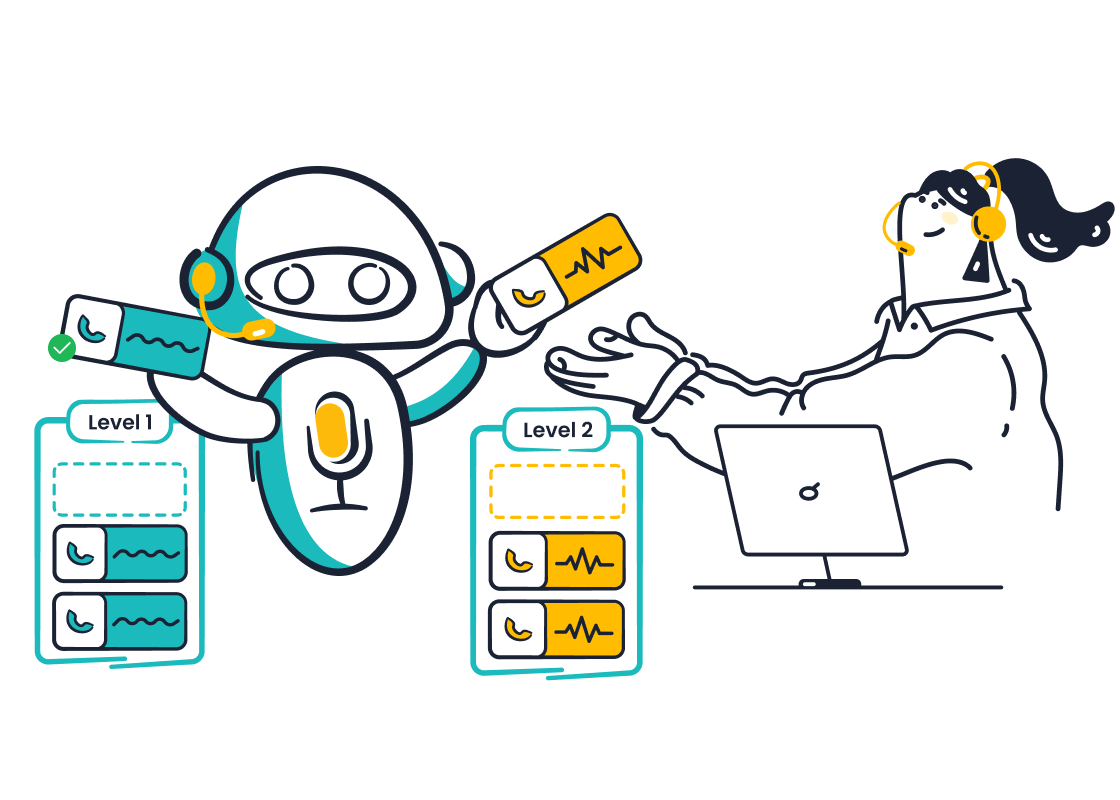
Seeing proactive customer service in action makes its value clear. You can move from theory to practice by implementing strategies that anticipate your customers' needs. The following examples of proactive customer service show how you can build loyalty and improve efficiency.
Anticipating Shipping Delays
A delayed order is a common point of customer frustration. A proactive approach turns this negative situation into a positive touchpoint. Instead of waiting for an anxious customer to ask, "Where is my order?", you inform them about the delay first. This simple act of proactive communication shows you care.
Data shows this strategy works.
- 98% of shoppers say the delivery experience impacts their loyalty to a brand.
- Proactively sending updates can reduce "Where Is My Order?" inquiries by up to 55%.
You can use a unified platform like Sobot's Omnichannel Solution to make this happen. It connects all your communication channels, from email to social media like WhatsApp. This allows you to send automated, timely notifications about order status changes. You keep your customers informed and happy, even when things go wrong.
On-Page Self-Service Chatbots
Customers often have simple, repetitive questions. They want answers fast without waiting for a human agent. On-page chatbots provide instant, 24/7 proactive support. A well-designed chatbot can resolve a high percentage of common questions. Studies show that AI chatbots can successfully handle up to 80% of routine customer inquiries on their own.
This is one of the most effective examples of proactive customer service. For instance, global tech leader OPPO needed to manage huge inquiry volumes during peak shopping seasons. They partnered with Sobot to implement a human-machine support model.
By using Sobot's AI Chatbot to handle common questions, OPPO freed up its human agents to focus on complex issues. This proactive customer service strategy resulted in an 83% chatbot resolution rate and a 94% positive feedback rate.
This shows how a chatbot does more than just answer questions; it becomes a core part of an efficient and proactive customer service team.
Notifying of Service Interruptions
Every business experiences downtime, whether for planned maintenance or unexpected outages. How you handle these interruptions defines your customer experience. A reactive company waits for complaints to flood in. A proactive company informs customers ahead of time.
Sending a notification about a service interruption shows respect for your customer's time. It allows them to plan accordingly and prevents frustration. This proactive communication builds trust and reduces the strain on your support team. With Sobot's Omnichannel Solution, you can easily send broadcast messages across all your channels to ensure every affected customer gets the memo.
Personalized Customer Onboarding
The first few interactions a new customer has with your product are critical. A confusing or impersonal onboarding process can lead to churn. A personalized onboarding experience, however, sets the foundation for a long-term relationship. This is a key area for proactive customer service.
The impact of good onboarding is significant.
- Solving a customer's issue during their first interaction can prevent 67% of churn.
- 86% of people say they feel more loyalty to businesses that provide welcoming and educational onboarding content.
You can create personalized offerings and guided journeys for new users. Use automated emails or in-app messages to share helpful tips, check in on their progress, and highlight valuable features. This proactive approach helps customers find value in your product faster, which dramatically increases retention.
Assisting Struggling Users
Have you ever clicked on a button repeatedly because a webpage was slow or broken? This behavior, known as a "rage click," is a clear sign of user frustration. Other signs include moving the mouse in circles or staying inactive on a page for too long.
Your website can detect these behaviors. This creates an opportunity for powerful proactive support. Instead of letting the user give up, you can intervene.
Imagine a user is rage-clicking a "checkout" button that isn't working. A Sobot AI Chatbot can automatically pop up with a message like, "Having trouble? Let me help you complete your order."
This turns a moment of frustration into a helpful, positive interaction. You solve the problem in real-time, save a potential sale, and show the customer you are there for them. These are powerful examples of proactive customer service that make a real difference.
The Business Impact of Proactive Service
Adopting a proactive service model does more than just make customers happy. It delivers measurable results that strengthen your business from the inside out. You can transform your customer support from a cost center into a powerful growth engine.
Increase Customer Loyalty
When you solve problems before they happen, you show customers you value them. This builds trust and strengthens customer loyalty. A proactive approach makes customers feel cared for, not just managed. This positive feeling directly impacts their purchasing decisions.
For example, by using Sobot's solutions for proactive customer service, tech giant OPPO saw its repurchase rate increase by an incredible 57%. Their positive feedback rate also climbed to 94%, proving that proactive care creates loyal fans.
Reduce Customer Churn
Losing customers is expensive. A proactive support strategy is one of your best defenses. By identifying at-risk users and helping them early, you can significantly reduce churn. Some SaaS companies have seen a 25% reduction in churn in just one quarter by using automated alerts to engage struggling customers. This proactive approach keeps your customers successful and subscribed. Your goal is to help customers find value before they even think about leaving.
Decrease Support Ticket Volume
Imagine your support team having more time for complex issues. Proactive outreach makes this possible. By answering questions before they are asked, you can lower the number of incoming support tickets. Studies show that a proactive strategy can decrease ticket volume by an average of 20-30%. This frees up your agents and improves overall customer satisfaction. You handle fewer repetitive questions and focus on high-value interactions.
Improve Operational Efficiency
A proactive approach streamlines your entire support operation. It reduces costs and boosts your return on investment (ROI). Automating notifications and using self-service tools improves your team's productivity. This enhanced efficiency has a direct impact on your bottom line and brand reputation.
Industry benchmarks show a significant ROI from proactive customer service.
| Company Size / Industry | Year 1 ROI | Support Cost Reduction |
|---|---|---|
| Mid-Market High-Tech | 180-250% | 30-45% |
| Large High-Tech | 250-350% | 40-60% |
| Enterprise High-Tech | 300-500% | 50-70% |
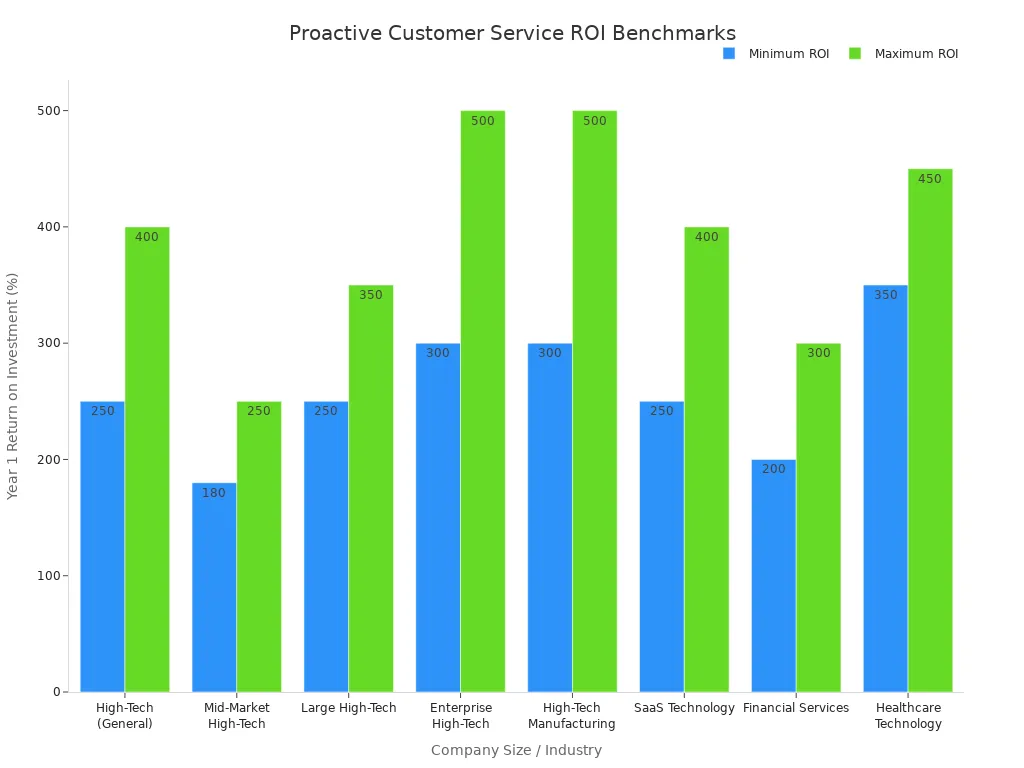
These numbers show that investing in a proactive model pays for itself by improving customer retention and operational performance.
Implementing a Proactive Service Strategy
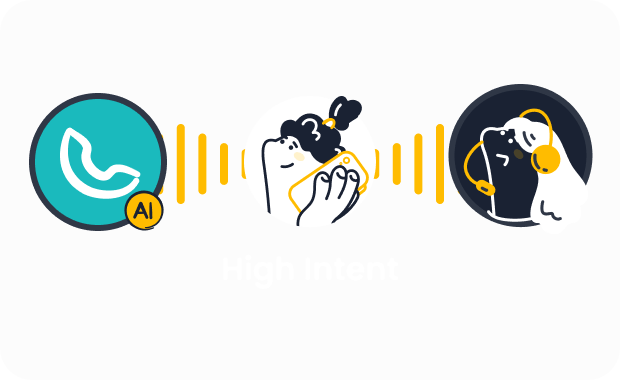
Switching to a proactive model is a journey, not a single leap. You can build a successful proactive customer service strategy by following a clear, step-by-step plan. This guide shows you how to use data and the right tools to get ahead of customer issues.
Step 1: Identify Customer Pain Points
You cannot solve problems you do not know exist. The first step is to find where your customers struggle. You can do this by mapping their journey and looking for friction.
There are several effective ways to uncover these pain points:
- Review Complaints: Analyze customer complaints and negative reviews. They directly point to areas that need improvement.
- Be a Customer: Go through your own sales and support processes. This helps you experience firsthand what your customers face.
- Examine Service Tickets: Look at your support tickets for common questions. Recurring issues are clear signs of customer confusion.
You can use a platform like Sobot's Omnichannel Solution to make this process easier. It gathers all your customer interactions from email, chat, and social media into one place. This allows you to systematically collect and categorize support tickets. You can then analyze this data to spot trends and identify the most frequent problems your customers encounter.
Step 2: Automate Outbound Messaging
Once you identify potential issues, you can act on them. Automated outbound messaging allows you to inform customers about problems before they are affected. This could be a notification about a shipping delay, planned website maintenance, or a service outage.
However, you must send messages thoughtfully to avoid overwhelming customers. Best practices include:
- Segment Your Audience: Send relevant messages to specific customer groups. New users might need onboarding tips, while long-time users may want updates on new features.
- Time It Right: Send messages at appropriate times, considering time zones and user activity. Transactional updates like order confirmations are expected immediately. Promotional messages should be less frequent.
- Balance Your Channels: Use different channels for different purposes. You can use SMS for urgent alerts and email for detailed newsletters.
You can use Sobot's Omnichannel Solution to manage and automate these communications across all your channels. For time-sensitive updates, you can even use the Sobot Voicebot to deliver automated, personalized outbound calls, ensuring your most important messages are heard.
Step 3: Deploy Self-Service Tools
Many customers prefer to find answers on their own. A proactive approach means giving them the tools to do so. Self-service options empower customers and reduce the workload on your support team.
Tip: AI-powered tools can provide instant support 24/7, answering common questions without needing a human agent.
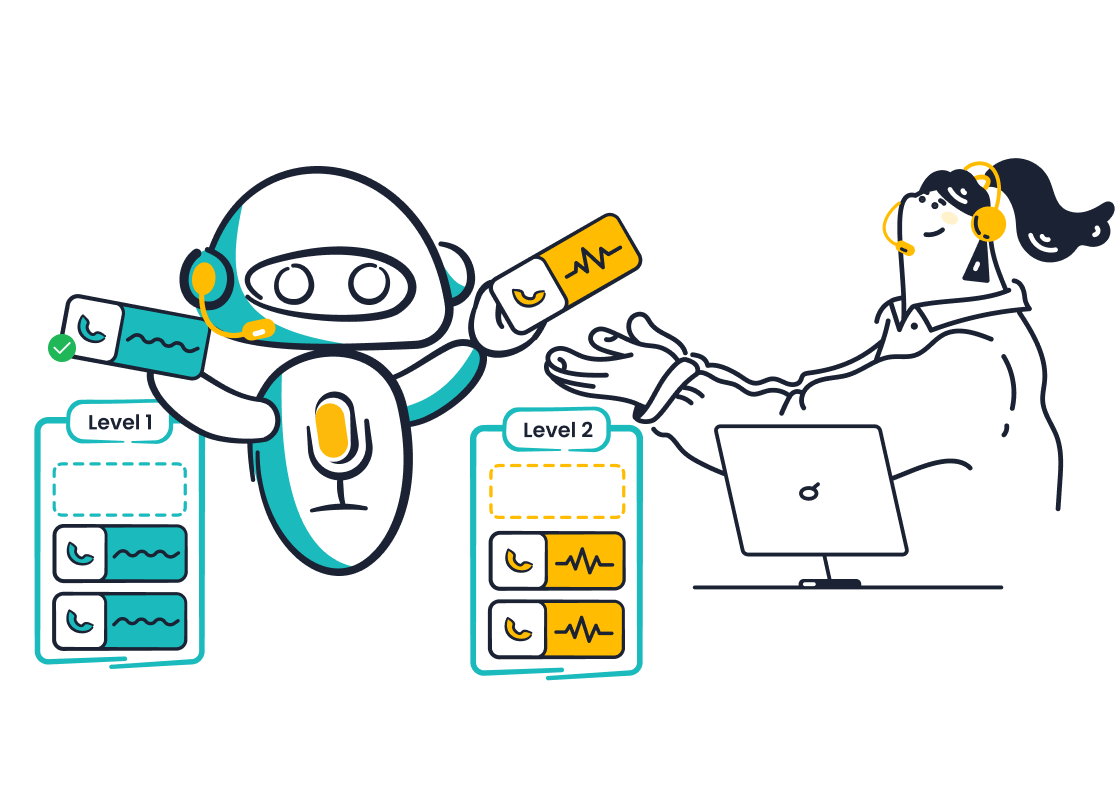
This is where tools like the Sobot AI Chatbot and Voicebot shine. You can deploy them on your website or in your call center to handle routine inquiries. They can answer questions about order status, product features, or store hours at any time of day. This frees up your human agents to focus on more complex problems that require a personal touch.
Step 4: Monitor Customer Behavior
Your customers' actions on your website provide valuable clues about their experience. Certain behaviors can signal frustration or confusion long before a customer sends a complaint. This is a key opportunity for proactive customer engagement.
Look for behaviors such as:
- Cart Abandonment: A user adds items to their cart but leaves without buying.
- Lingering on a Page: A user spends a long time on one page, suggesting they may have questions.
- Rage Clicks: A user clicks repeatedly on a button or link that is not working.
You can set up your Sobot AI Chatbot to automatically trigger when it detects these behaviors. For example, if a user is lingering on the checkout page, a chat window can pop up with a helpful message: "Hi there! Do you have any questions about the checkout process?" This simple intervention can turn a moment of hesitation into a successful sale.
Step 5: Collect and Analyze Feedback
A proactive strategy is a continuous cycle of improvement. The final step is to ask your customers for their thoughts and use that information to refine your approach. Collecting and analyzing customer feedback helps you find new pain points and measure the success of your efforts.
When asking for feedback, use open-ended questions to get detailed, actionable insights.
- For happy customers (Promoters), ask: "What do you value most about our product?"
- For unhappy customers (Detractors), ask: "What specific improvements would enhance your experience?"
You can use Sobot's platform to automatically send surveys after an interaction. The system helps you gather this valuable customer feedback. You can then analyze the responses to understand what you are doing well and where you need to improve. This data-driven process ensures your proactive customer service strategy evolves with your customers' needs.
You can stop reacting to problems and start preventing them. This shift to proactive customer service builds strong customer relationships. In fact, 77% of customers view businesses more positively when they receive proactive care. This approach increases loyalty and lowers support costs. Are you ready to transform your customer experience?
Embark on your contact journey today. Let Sobot be your partner in building a proactive strategy that delights customers and drives growth.
FAQ
What is the main goal of proactive customer service?
The main goal is to solve customer problems before they happen. You anticipate needs and address issues early. This approach builds customer trust and loyalty by showing you care about their experience.
How can a small business start with proactive service?
You can start small. First, identify your most common customer questions. Then, use a tool like the Sobot AI Chatbot to answer them automatically. This frees up your team and provides instant help to your customers.
Does proactive service replace human agents?
No, it supports them. Proactive tools like chatbots handle simple, repetitive questions. This allows your human agents to focus their time and skills on solving more complex customer issues that require a personal touch.
How does Sobot help with proactive notifications?
Sobot's Omnichannel Solution unifies your communication channels. You can use it to send automated alerts about order delays or service updates across email, chat, and social media. This keeps your customers informed and reduces support tickets.
See Also
Elevate SaaS Customer Support Through Smart Live Chat Strategies
How AI Customer Service Agents Are Revolutionizing Support Experiences
Achieve Higher Live Chat Customer Satisfaction: 10 Essential Tips
Discover the 10 Best Customer Service Software Solutions for 2024
Comparing the Leading Voice of Customer Software Solutions Today
